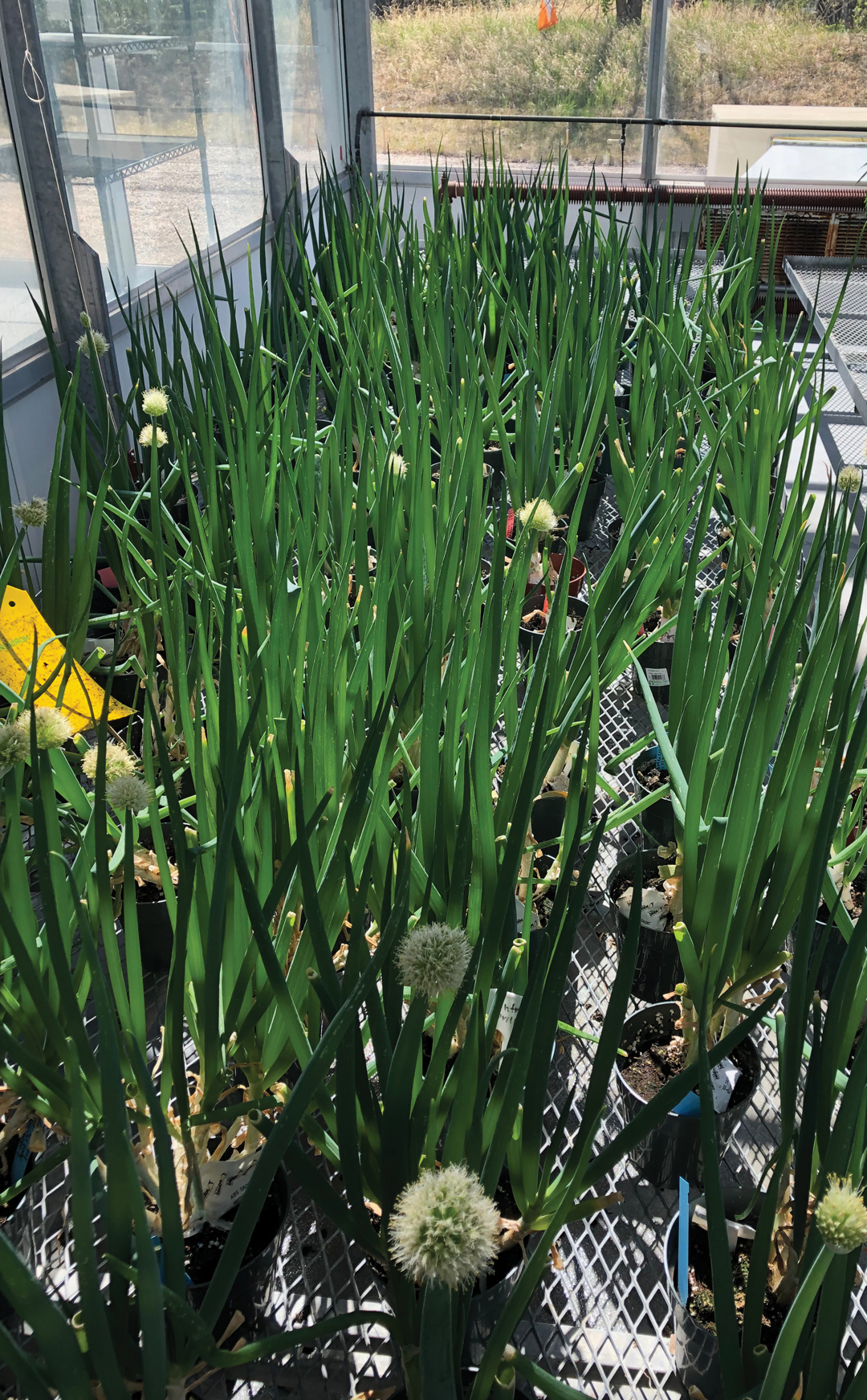BUG BARRIERS
BY NEIL TOWNSEND
Naturally, pest-infested grain will be discounted, but there are less obvious reasons creepy crawlers affect the marketing of your grain worldwide. Farmers and grain companies strive to deliver grain that has zero or very little insect content. However, much of Canada’s grain is exported and bugs, actual or imagined, worm their way into market access issues.
Insects, for purposes of trade, fall under the phytosanitary requirements set by individual nations to regulate the flow of grain into their jurisdictions. Pests are feared, in part, due to the potential to infest domestic supplies with non-native species. There are many examples of the unwitting transportation of such foreign species into new geographies via trade. There is a great deal of sensitivity about the real and transformative environmental and financial costs such pest introductions pose.
However, nation states never miss an opportunity to benefit by overstating risk. Phytosanitary concerns can be used to slow or prevent market access. This is typically done to boost domestic industries that compete with offshore suppliers. Canada supplies many nations with items they are quite good at producing themselves. It ships pulses to India, wheat to China and durum to the European Union. All are the world’s largest producers of these individual commodity crops. Markets such as these that produce significant supplies and simultaneously import similar products often have the staunchest phytosanitary requirements.
India has utilized multiple non-tariff trade barriers to limit market access for Canadian pulses. Faced with significant internal agricultural policy challenges, it seeks to balance income and food security. Hundreds of millions of its people rely on government assistance to achieve one or both. Small-scale farming predominates, and many small farmers struggle to maintain income security. They require minimum support price programs to remain solvent and ensure the next crop gets planted. Meanwhile, hundreds of millions of Indian consumers are negatively impacted by increased food cost. A detriment to their overall economic wellbeing, many spend 50 per cent or more of their income on food.
The result is an Indian government that must be prepared to speed up or slow down offshore exports to strike a delicate balance between income security and food security. When supplies get tight and domestic prices rise, the government must enable the Indian arbitrage class to accelerate imports. When supplies increase—a favourable production sequence—the government attempts to slow the flow of foreign foodstuffs into India to maintain a price structure that enables income security for its farmers.
Canada is impacted by innumerable tariff and non-tariff barriers that persist throughout the Indian import regime. Its insistence since 2016 on methyl bromide fumigation for unnamed insects is a clear example of such a trade barrier. It is designed to give the Indian government the flexibility to shut down Canadian exports. This chemical has negative environmental consequences and is rarely used today. India has, most likely, chosen it for this very reason. Its use would create significant complications for Canadian exporters.
There is further evidence the intention of this importation rule is merely to establish a potential trade barrier. India has provided Canada with an exemption from fumigation on an ongoing basis every three to six months. It is a looming threat, not imposed as yet, but one that may be enacted at any time.
Canada has petitioned that this should not be required based on environmental concerns and the fact Canada has a natural fumigator: winter. India has coupled the fumigation exemption on Canadian shipments with a five-fold inspection fee increase, approximately $15.24/MT, for imports that have not been fumigated with methyl bromide prior to arrival in the country. The intent is to increase the cost of pulse export to India and thus diminish the competitiveness of Canadian pulses in the country.
In the field, insect pests cause economic loss, and Canada does not seek to ship field crops that contain them, alive or dead. However, Canada must also negotiate with nations that seek to use insect contamination as a barrier to market access. A reasonable goal is to standardize and regulate global requirements. This remains an uphill battle because many governments remain convinced that sound domestic policy is to retain leverage on market access.
Neil Townsend is chief market analyst with FarmLink Marketing Solutions.







Comments